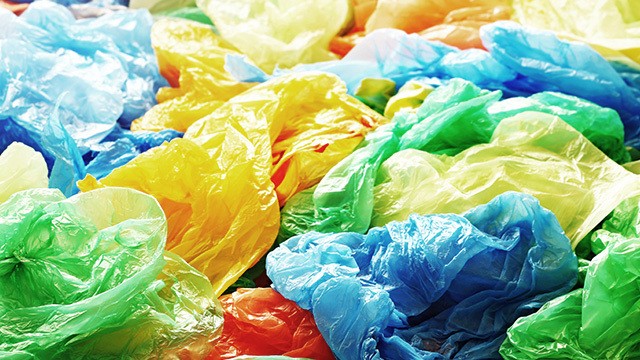
Antarctic Terrestrial Food Chain: Plastic Has Entered
 " alt="img"/>
" alt="img"/>Antarctic Terrestrial Food Chain: Plastic Has Entered
Antarctic terrestrial food chain is the world’s most remote land-based food system. Scientists have found bits of polystyrene in the guts of tiny, soil-dwelling organisms which indicates microplastic pollution in Antarctica caused by infiltration of microplastics.
They said the evidence indicates that the polar ecosystem is already facing threats from climate change.
By examining the collembola, which are small organisms among the few organisms adapted to survive in the harsh Antarctic conditions in the few areas of the region not covered by ice, detected traces of the plastic in their guts. This specimen has been collected from King George Island in the South Shetland Islands which is known as one of the most contaminated regions of Antarctica. The diet of collembola is mainly micro-algae and lichens.
A study found both manmade and natural methylmercury — a toxic form of mercury — in fish and crustaceans in the trench, which is poisonous at high levels and can harm a developing foetus.
Cause of this poison is human activities like mining, as well as burning coal and petroleum.


Leave a Reply